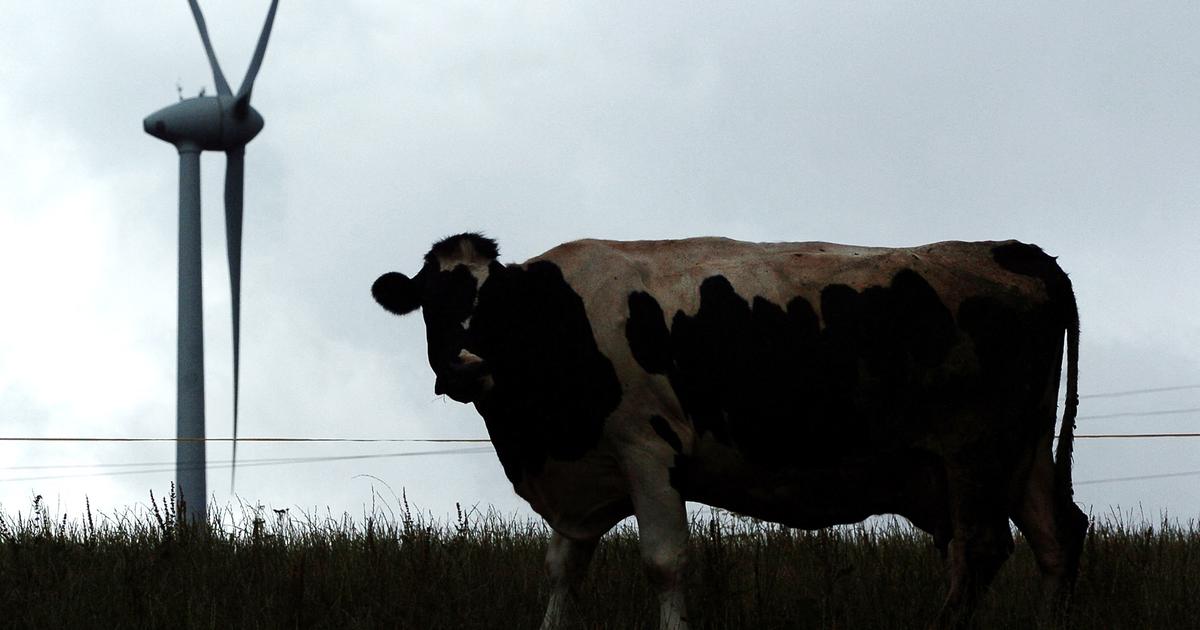More animals, more biodiversity: the legally prescribed waterfront strips have positive effects.
Indersdorf
- riparian strips increase biodiversity.
This is the interim result that the scientists at the State Institute for Agriculture came to.
For three years you will be investigating the significance of the riparian strips as part of a project.
Since the referendum on “Biodiversity and natural beauty in Bavaria” and the passage of the Reconciliation Act two years ago, strips of waters along the edge of the water have been prescribed by law.
What has been missing so far were scientifically sound facts about the effectiveness of this measure.
To investigate this, a project study will run from 2019 to 2022 at the State Office for Agriculture (LfL) in cooperation with the State Office for the Environment (LfU).
At the initiative of Lfl scientist Johannes Burmeister, the project participants are investigating the effects of waterfront strips on insects.
The aim of the research study: to show possible positive effects between water protection, biodiversity and erosion protection.
On the basis of these facts, in a further step, optimal waterfront strips are to be derived for insects.
The Bavarian State Ministry for Food, Agriculture and Forestry is funding the research project.
Preparation and execution of the project
In four predominantly agricultural regions in the natural area of the Lower Bavarian hill country, the Lfl has selected a total of 40 areas along an adjacent watercourse. "Of these areas, 25 were with and 15 without strips of water," says scientist Sabine Birnbeck. Finding a suitable job in the catchment area of the Glonn was a great challenge. The scientists were finally able to implement their research project in Indersdorf on the agricultural land owned by farmer Josef Reischl.
In order to gain knowledge about biomass and biodiversity, the scientists set up two Malay traps on each area: one at the edge of the water and one in the middle of the field. “We only recorded the flight-active insects,” explains Birnbeck. 16 floor traps were also used. “It was a lot of work to assemble and dismantle everything,” says Sabine Birnbeck. Capturing the insects without disturbing the farmer in his work was a great challenge.
In order to be able to make statements about the biodiversity of the insects, the scientists use the method of DNA metabarcodding.
The insect DNA is extracted from the insect meal.
The specific section of the gene that is responsible for metabolism and, according to Johannes Burmeister, is suitable “as a biological clock” is then determined.
"It can be compared to a human fingerprint," says project manager Roswitha Walter, explaining the time- and cost-efficient examination method.
Positive interim result
The findings are “only an interim result”, according to Lfl President Stephan Sedlmayer, but the balance sheet is “an important and a successful one”.
"With the project we killed two birds with one stone," says Walter happily.
Because the riparian strips have a multifunctional meaning for the environment.
In addition to the primary and traditional function of water protection and erosion protection, the research study has also brought further positive findings.
Increase in biomass
Compared to areas without a waterfront strip, an average of 40 percent more insect biomass could be recorded.
Increase in biodiversity
A 16 percent higher biodiversity was found in areas with strips of water. Butterflies in particular benefit from the waterfront strips. They were able to increase their biodiversity by 45 percent.








/cloudfront-eu-central-1.images.arcpublishing.com/prisa/6W5UW5NK5ZH77N2RSC3TBYR33Y.jpg)
